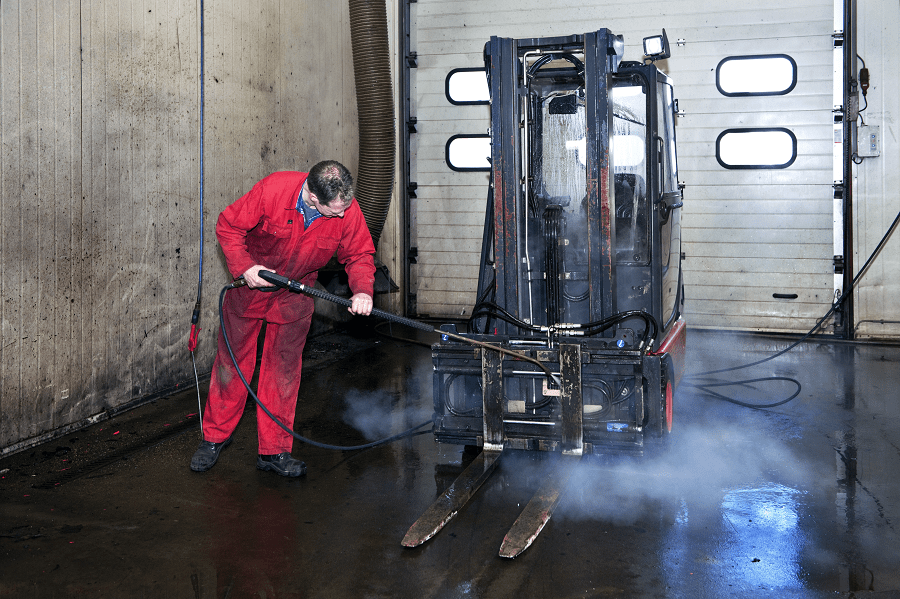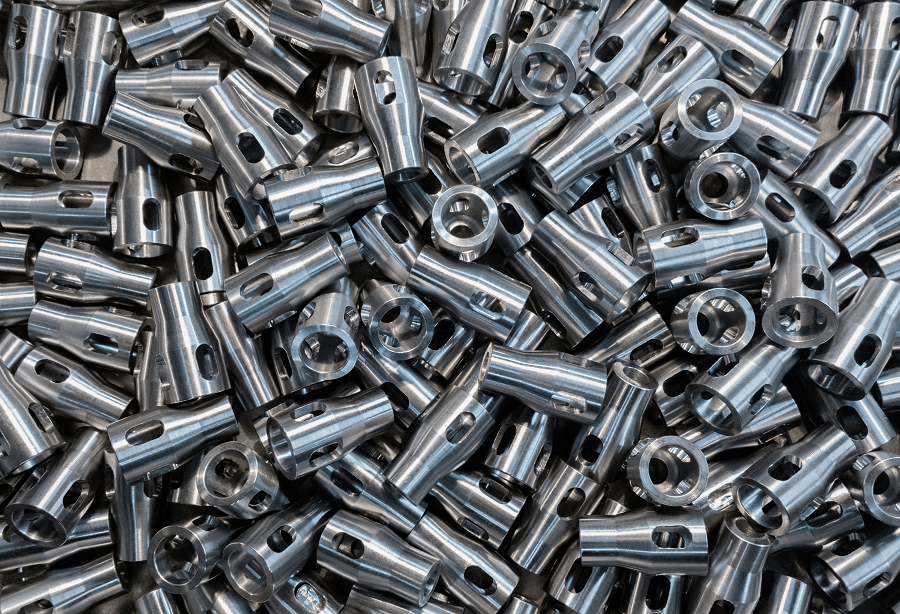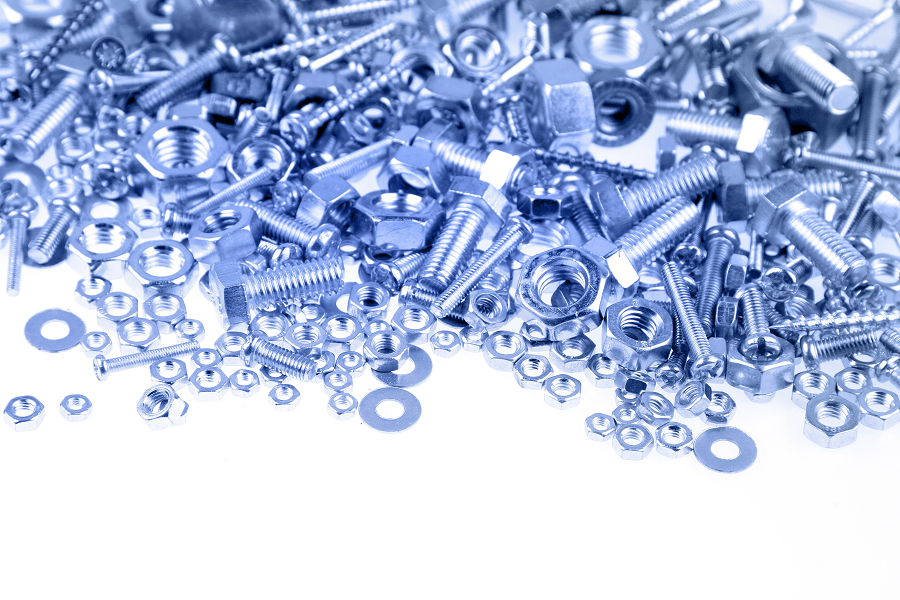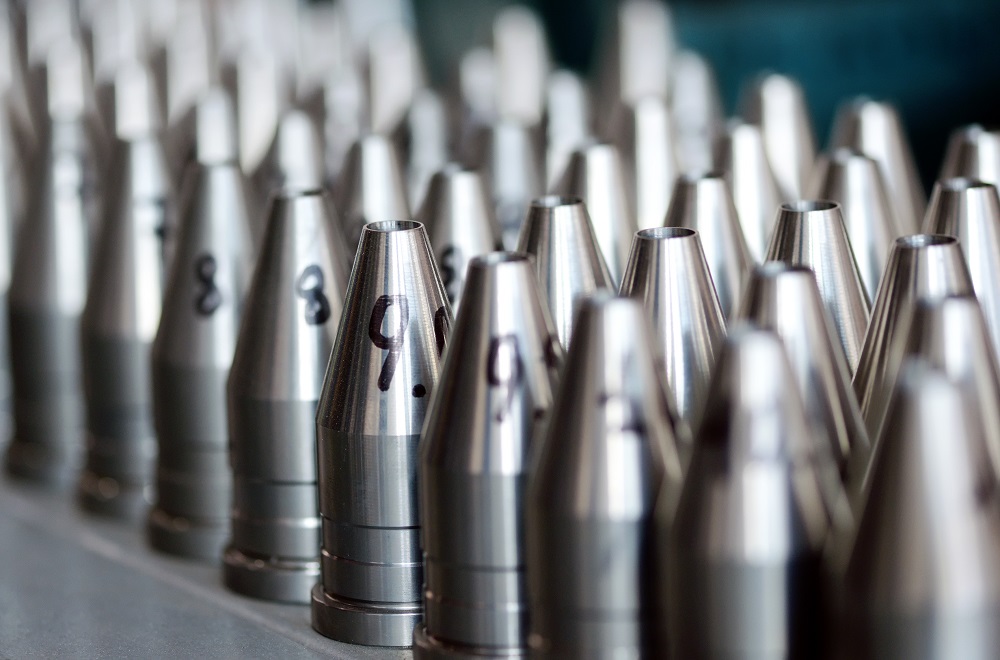Like many hazardous solvents that predate it, nPB (a.k.a. 1-bromopane and n-propyl bromide) experienced widespread use as an industrial degreasing solvent but was eventually found to be too toxic to use in large quantities. nPB has had a successful, 20-year run as a...












